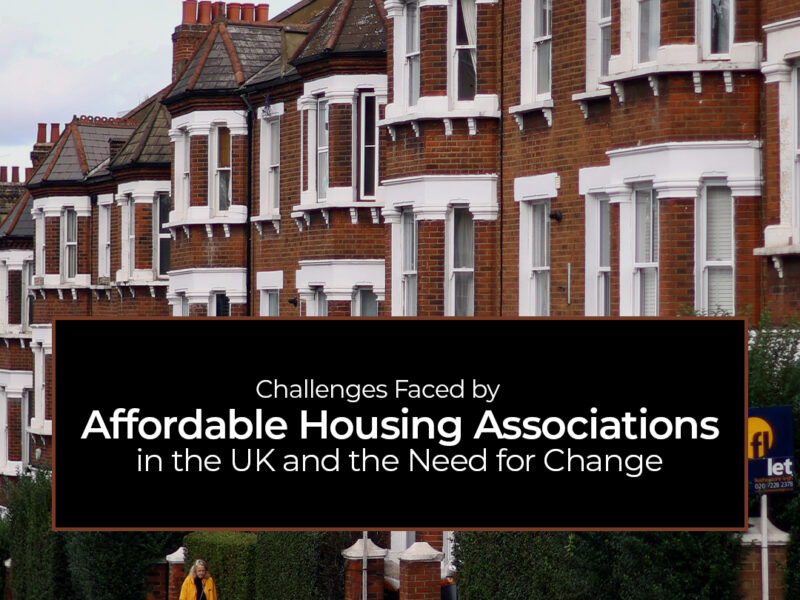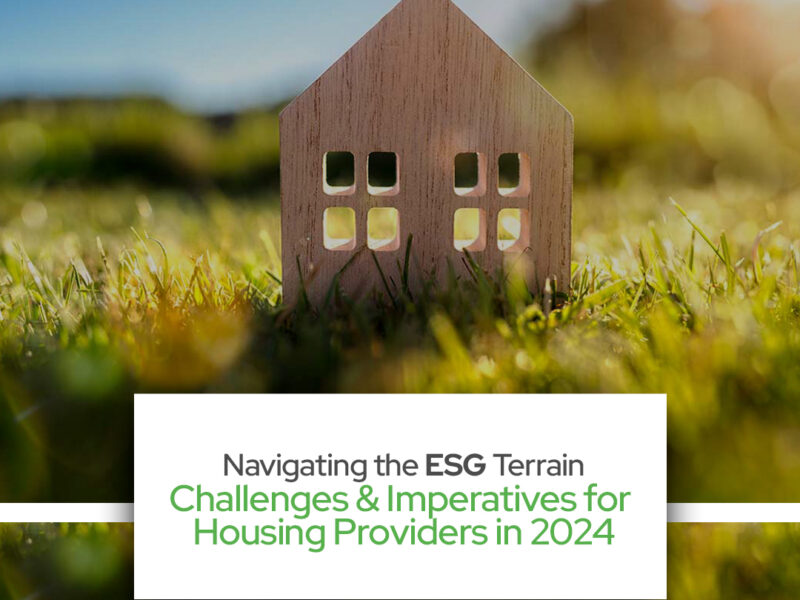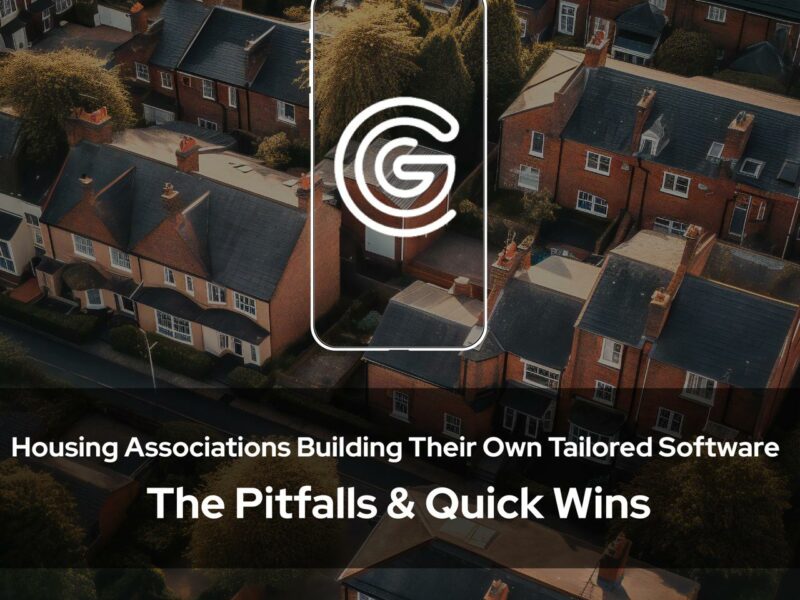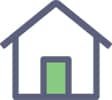What role can technology play in the social housing white paper?
Changing the dynamic of the resident-landlord relationship is at the crux of the much-awaited Social Housing White Paper. The white paper sets out seven commitments that residents should expect from their landlords. Among those is to focus on empowering residents to raise their voice, holding landlords accountable through performance reviews, and improving the safety of homes through better regulation. The white paper recommends improving management practices and improving transparency of information for its resident-focussed outcomes.
Role for technology?
With the already administrative heavy and bureaucratic management for landlords, can technology be the solution that delivers on the white paper’s guidance?
The latest digital tools will be able to unlock efficiencies by supporting services across many aspects of the white paper. One of these includes plans to run ‘awareness campaigns’ to build confidence in residents. This will help residents navigate through new complaint and communications systems. Second, there are plans to install carbon monoxide detectors that can proactively prevent safety hazards. The former aspires to empower a culture of communication and confidence. Whereas the latter aims to improve social housing safety standards.
In a recent freedom of information request of London Boroughs, 60% of respondents had not changed their PMS (property management system) in over 10 years. Keeping in mind all the technology and regulatory changes in 10 years, it becomes difficult for any organisation to keep up with the demands of providing an excellent service.
A modern PMS can provide solutions for both scenarios detailed above. Firstly, a targeted multi-channel communications system can enable purposeful communication with or between residents. Secondly, smart home devices can integrate with the PMS which can allow landlords and residents to see data from carbon monoxide, smoke, and leak detectors to name a few. Let’s look at both scenarios in more detail.
A Culture of Communication
The availability of new communication systems and tenant satisfaction measures do not mean much if residents choose not to engage consistently. The white paper expects residents to be able to communicate with multiple stakeholders including ‘accountable persons’, landlords and ombudsmen to raise issues. There are also landlord performance reviews and more visibility on fire and safety. To further overwhelm, if not centralised, all these communication events will be through separate channels, each with uncertain response times and often managed manually.
A more collaborative means of communication will be vital to help residents take initiative in raising their voices.
Wouldn’t it be great to have a suite of digital tools which facilitates resident’s ability to communicate amongst each other and with other stakeholders on separate issues? Social media and websites struggle with multi-channel communications as they are not dedicated purely to housing matters.
A centralised monitoring and reporting system can make managing vital information simple. Gridizen is able to create dedicated forums for each residential block called a “Community”. These can target different areas of communication such as fire and safety, complaints and general updates. Purposeful communication – between residents or with other stakeholders – creates a seamless and targeted experience. Keeping all interactions organised on one platform ensures Gridizen is a robust solution that can enable a culture of communication.
A Safe Home is a Smart Home
Resources in housing have always struggled to meet growing demands. Installing smoke, carbon monoxide or leak detectors to prevent safety hazards nationwide is no easy task. Safety becomes much harder when action is not taken quick enough. Especially after detecting unusually high levels of smoke or damp in a residential block. Whether this is a problem of outdated detectors or human error, smart devices can provide a safer and more efficient solution.
With the white paper’s emphasis on providing residents with safety, integration of smart smoke and leak detectors can be a progressive step forward.
The smart detectors can be linked with the Gridizen PMS to provide data in real-time, sending information directly to landlords through the app. Additionally, if smoke, carbon monoxide or leaks above certain thresholds are detected, landlords can be instantly notified to take quick action. The focus here is on speed.
A responsive landlord with the aid of reliable devices can create peace of mind for residents and their families – in turn, providing residents with a safer home environment.
Building trust between residents and landlords is essential to a collaborative social housing community – and technology can be the key that makes management easier, and provides residents with a safe, secure and dignified home.
For more information, contact: kmahmood@gridizen.co.uk













